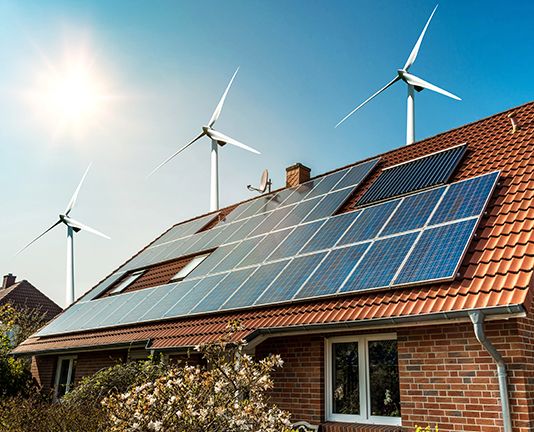According to an RBI assessment, persistently high inflation remains a key policy worry for the Reserve Bank, which has raised rates aggressively this year, but the pressure may subside next fiscal assuming normal rains and the continued normalization of global supply chains without any exogenous shocks.
The Reserve Bank of India (RBI) anticipates retail inflation to fall to 5.2 percent in the next fiscal year beginning April, down from 6.7 percent in the current year.” For 2023-24, assuming a good, progressive normalization of supply chains, and no further external or policy shocks,” the RBI noted in its “Monetary Policy Report September 2022.” The central bank’s mandate is to control retail inflation by between 2 and 6%.
However, inflation has remained above the RBI’s upper tolerance limit since January 2022, owing primarily to adverse supply shocks resulting from the Russia-Ukraine war, which began in late February. Both countries are important suppliers of food grains, edible oil, fertilizers, and energy resources like crude oil and natural gas. Even while inflation has slowed from its April peak of 7.8 percent, it remains unacceptably high, according to the central bank’s assessment.
According to the International Monetary Fund (IMF), global economic growth would drop to 3.2% in 2022 from 6.1% in 2021, with the outlook “gloomy and increasingly uncertain,” with risks skewed to the downside. On the other side, worldwide consumer price inflation is expected to peak at 8.3 percent this calendar year, up from 4.7 percent in 2021. The RBI has reduced India’s GDP growth forecast for this fiscal year to 7% from 7.2 percent previously.

